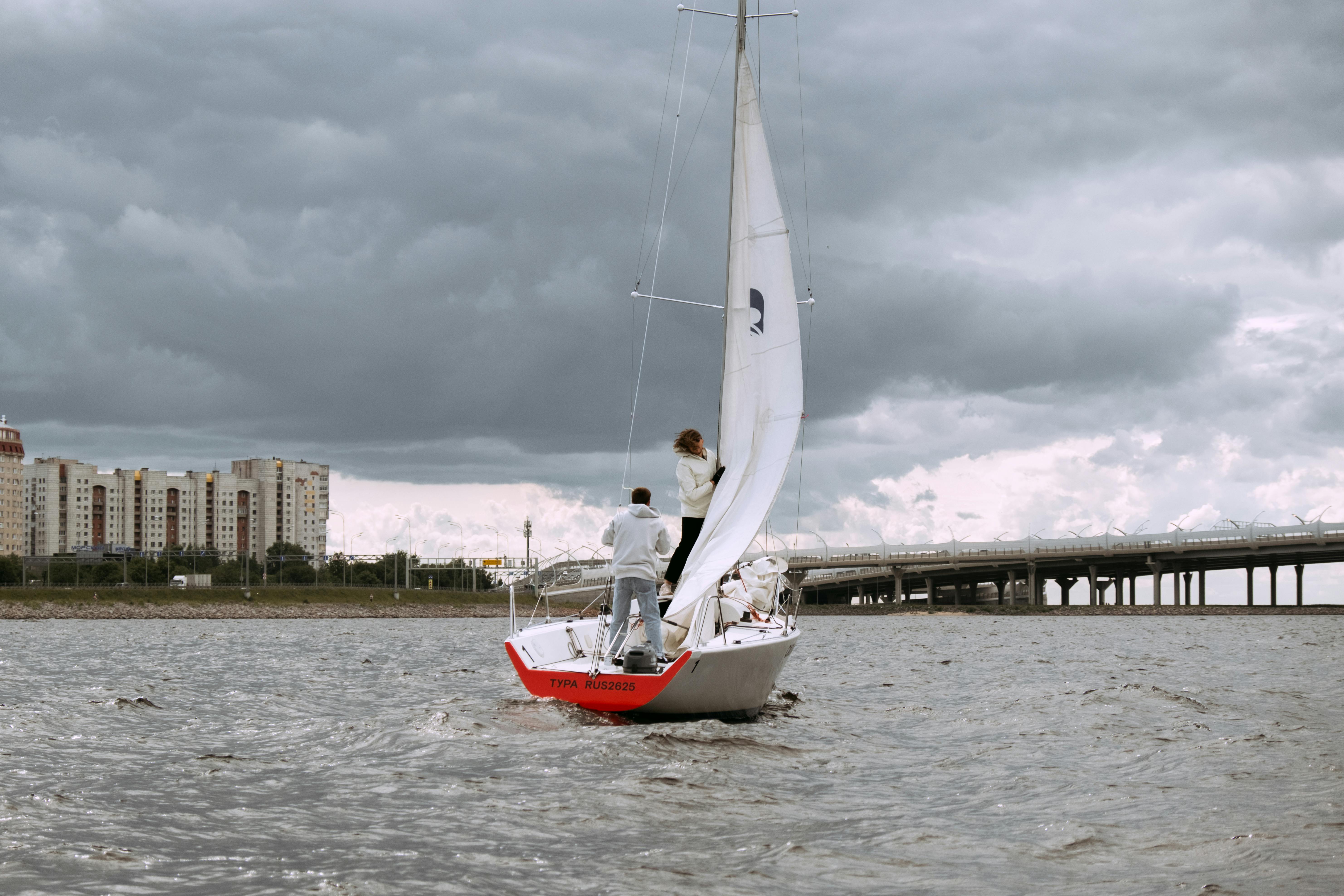The name hockey comes from the French word hocquet which means stick. It’s unclear how the game got its start, but the story goes that British soldiers stationed in Nova Scotia, Canada played hockey of one sort or another. Undoubtedly, it was before that children played in open ponds with sticks and some kind of puck.
Olympic hockey has come a long way since it was included in the Antwerp games in 1920.
In 1879 rules for an organized game were established at McGill University in Montreal. It began to spread through the area and by the 1890s it had been picked up by American interests. The first known organized hockey game took place between Johns Hopkins and Yale universities in the winter of 1895.
The first winter Olympic hockey games took place at the 1924 games in Chamonix, France. The first women’s games were held in Nagano, Japan in 1998. Women compete in an eight-team tournament, while men compete in a twelve-team series.
The rules are pretty simple for the game. A team may not have more than six players on the ice at one time, but may have less while the players are in the penalty box. The ice team consists of a goalie, two defenders, two full-backs, and a center. The goaltender may be replaced by a skater during a delayed penalty (when the referee or linesman sees a violation, he raises his arm to indicate a penalty is coming. As soon as the offending team touches the puck, the whistle is blown and penalty is called. ) for the offending team may not score during the delay.
A regular Olympic hockey game consists of three 20-minute periods with a 15-minute break in between. In the event of a tie at the end of the third period, a five minute intermission will be held and then a sudden death period of overtime will be played. If the game is still tied after that period, a penalty shootout is held to determine a winner. The shootout will feature the best 3 of 5 shots to go into the net.
skateboards
Players must wear ice skates of solid construction. Boots are made of many layers of material with padding in just the right places. They should cushion the foot but not allow it to move inward. Ankle support is extremely important as players who may weigh over 200 pounds must instantly change direction throwing their weight into turns causing tremendous stress on the skates and ankles.
The blades must be kept very sharp for good control. Certainly before each game and sometimes within the game itself if a player is not happy with their performance.
Sticks
Until recently, Olympic hockey sticks were made by combining a wooden blade with a wooden handle by gluing the joints together. The player wrapped tape around the blade to keep it solid and help shoot the puck. This was the way most sticks were made for many years. The blade was slightly beveled on one side or the other for players to shoot high or left-handed.
In the 1960s, Bobby Hull of the Chicago Black Hawks was one of the first to place a curve in the blade of the club that not only made the puck faster but also created a wobble in the flight of the puck. The National Hockey League found it necessary to regulate the arc of the curve to standardize it.
Composite sticks began to appear in the 1990s. They are made of different man-made materials such as Kevlar, plastics, and fiberglass. The club shown here has holes in the shaft for even more speed on the shot.
The disc is made of solid rubber. Before the game starts, the pucks are frozen to make them crispier when shot with the sticks.
Both professional and Olympic hockey players are very well padded. The helmets are made of hard plastic. They have face screens or shields. Beneath those colorful sweaters, the player has shoulder protection for the upper body. Elbow pads. Hockey gloves with a lot of padding. His hockey pants are padded and knee pads cover the section from above the knee to the skates.
When a player fires the puck, the speed can reach over 100 miles per hour, so all that padding is required. Still, injuries will occur.
The goalkeeper must be very padded but must have great flexibility. You can see the wide pads he wears in this photo, as well as the huge catching glove.
Olympic hockey goalie wears a special protective mask. Very colorful. This protects the goalie from being hit not only by the puck, but also by sticks and skates which can inflict heavy damage during fights around the net.
Hall of Fame great Johnny Bower was a great goalie for the Toronto Maple Leafs, playing without fear and without a mask until the ripe age of 46.
Jacque Plant of the Montreal Canadiens was the first goaltender to wear a mask in the National Hockey League.
